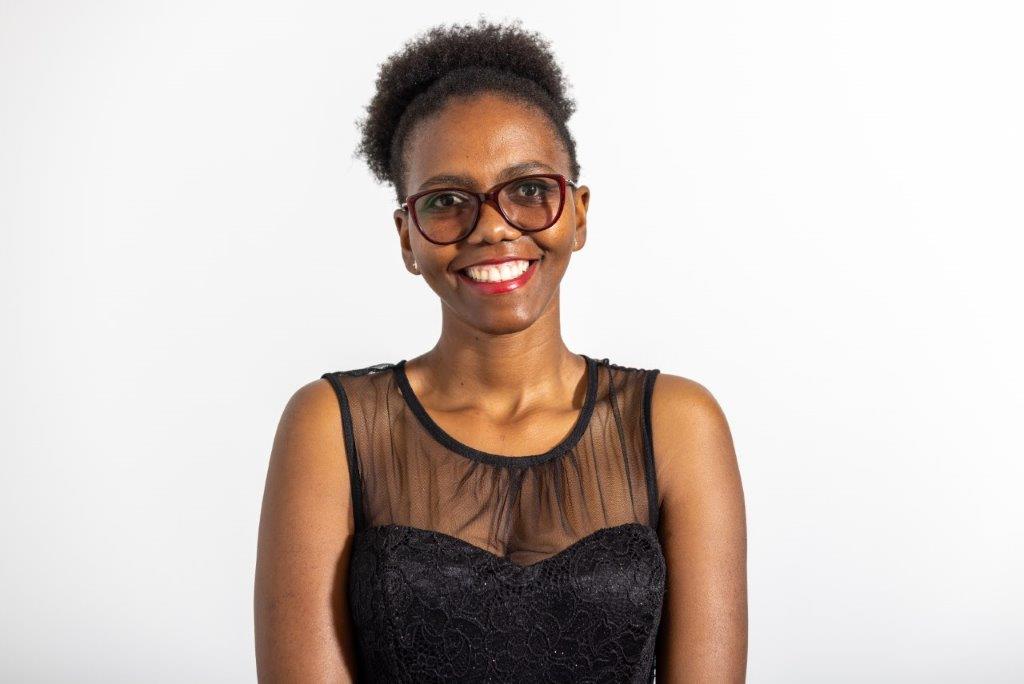HAVE YOU EVER HEARD OF A XHOSA WOMAN WHO IS A CONSERVATION ECOLOGIST?

My name is Inam Yekwayo, a conservation ecologist and a Xhosa woman from the Eastern Cape. I am in love with nature. Nature gives me peace; it heals my soul and clears my mind. I am fascinated by the different kinds of relationships that exist in nature and how nature is able to take care of itself.
Very few South African women of colour are conservation ecologists, a legacy of historic prejudice, and that worries me. Although conservation ecology is a new term, the ideas that inform it have been around for centuries.
Our great-grandparents were ecologists and conservationists. Do remember that their gardens had belts of semi-natural vegetation that were left undisturbed alongside their vegetables and crops. This was intentional. The uncultivated section offered predatory arthropods, such as spiders and ants a place to live. Without these arthropods, insect pests would feed on crops.
Our great-grandparents relied on millipedes to decide when to plant maize. Known as “amasongololo” in isiXhosa, millipedes, which have a segmented body with many pairs of legs, burrow into the soil during the dry winter season and come to the surface once the rain drops reach their microhabitats belowground. Once our great-grandparents started seeing millipedes on the soil surface, they planted their crops because they knew that the soil was wet enough for seeds to germinate.
I am particularly interested in arthropods, such as spiders, ants, beetles and millipedes, and how these arthropods interact with each other and different types of vegetation. We would not exist without them –– and that is not an exaggeration.
Dung beetles, cockroaches and millipedes break down dead plant and animal material to return nutrients into the soil. This improves soil fertility, which enhances plant growth and harvest yields. In the process, these invaluable creatures keep our environment clean, reducing our threat of disease. These valuable arthropods also render vital services to immobile plants. Arthropods, such as ants and dung beetles, move seeds around the landscape and contribute towards the growth, distribution, and resilience of plants. Some ants and termites have their nests below ground, and the tunnels that they create improve the aeration and uptake of nutrients and water, which aids plant growth and health. These benefits ascend up the food chain: Improved plant growth increases food availability for domestic animals, like cattle, sheep and goats, which in turn serve as our source of protein.
Arthropods, such as bees and butterflies, feed on nectar, and in the process, transfer pollen from one plant to the next, ensuring fertilization and seed production. Some arthropods, such as aphids, are “pests” because they feed on our crops. But because nature has a way of taking care of itself, "natural enemies" like ground beetles, spiders, and ants hunt these pests. They are living examples of the cycle and balance within nature, which is what conservation ecologists hope to achieve.
Sadly, some people see conservation as the enemy that prohibits the use of natural resources, but our great-grandparents knew better. They were truly tied to the land for food, and knew that to ensure their food supply, they needed to set restrictions on their consumption. For example, they did not hunt young animals or catch juvenile fish. Unlike older creatures, younger animals are yet to reproduce and increase the size of their population. By allowing these creatures to reach maturity , our great-grandparents ensured that these natural resources were still available for us decades later. And that is the heart of conservation: Use resources in a sustainable manner so that your children’s children will still be able to enjoy them.
Our great-grandparents did not study nature at school, but their daily interactions with it provided many opportunities for learning. They listened to what nature was telling them. I believe that the connection is inherently within us, but we have forgotten how to listen. We need to relearn what our ancestors practiced daily.
Given that our ancestors have always been connected with nature, I feel that there is a need to increase the representation of women of color in conservation, in that way the legacy of our great-grandparents will continue to live on.
- Inam Yekwayo
